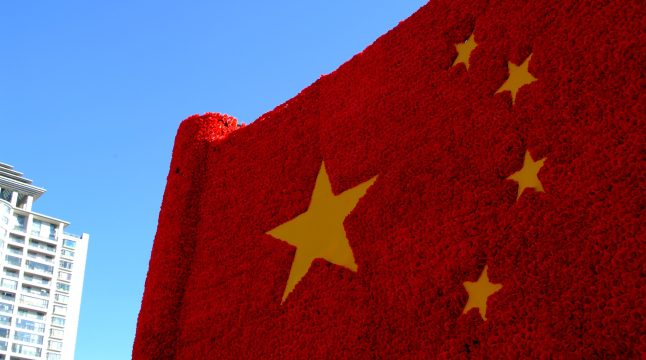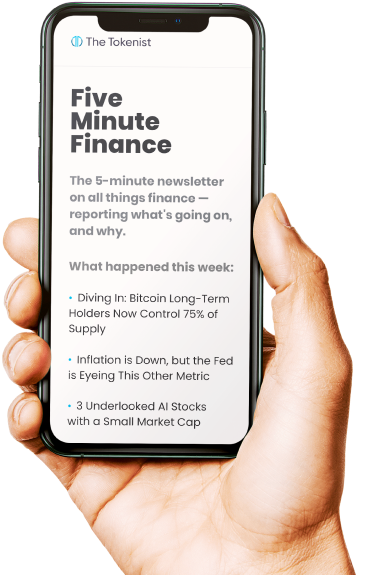
How China’s Lithium Crackdown Will Reshape Global Markets and Stocks Soon
China’s lithium market experienced dramatic upheaval on Monday, August 11, 2025, when battery giant CATL shut down one of the world’s largest lithium mines in Jiangxi province. The closure sent shockwaves through global markets, with lithium prices surging by the daily limit on Chinese exchanges and lithium stocks rallying worldwide.
This move appears to be part of China’s broader “anti-involution” campaign targeting overcapacity across various industries, potentially reshaping the global lithium supply chain that has been plagued by oversupply and dramatic price declines over the past three years.
China’s Strategic Moves to Control Lithium Oversupply and Tighten Supply Chain
The closure of CATL’s Jianxiawo mine in Yichun represents a pivotal moment in China’s approach to managing its lithium sector. The mine, which accounts for approximately 6% of global lithium output according to Bank of America, had its mining license expire on August 9, 2025. CATL confirmed the operation will remain shut for at least three months while seeking permit renewal, though speculation suggests this could be part of a coordinated government effort to address chronic oversupply issues.
Jiangxi province, often called China’s “lithium capital,” has become the focal point of regulatory scrutiny as authorities launch targeted inspections of eight lithium miners in the Yichun region.
The provincial Bureau of Natural Resources has mandated these operators submit comprehensive reserves reports by September 2025, creating immediate uncertainty about continued production authorization. This regulatory crackdown extends beyond Jiangxi, with Qinghai provincial authorities ordering Zangge Mining to halt operations entirely due to alleged illegal mining activities.
The timing of these actions appears strategically coordinated with China’s broader “anti-involution” campaign, which targets industries suffering from excessive production capacity. Lithium prices had collapsed by a staggering 90% from their 2022 peak of nearly 600,000 yuan per ton to approximately 60,000 yuan per ton in early 2025, creating unsustainable market conditions.
The Chinese government’s intervention suggests a deliberate effort to stabilize prices through supply-side restrictions rather than allowing market forces alone to determine production levels.
Cameron Perks of Benchmark Mineral Intelligence notes the significance of these actions, as Jiangxi province accounts for approximately 10% of global lithium production. While current volume impacts appear limited, the precedent established could signal broader enforcement actions across China’s lithium sector, which controls roughly 60% of global lithium processing capacity.
Join our Telegram group and never miss a breaking digital asset story.
Global Market Impact and Stock Market Surge
The immediate market reaction to CATL’s mine closure was explosive, with lithium-related stocks experiencing their strongest rally in months. Albemarle Corporation (ALB), a major US lithium producer, exemplified this surge by jumping +$7.44 (+9.86%) to $82.92 as of 12:13 PM EDT on Monday, August 11, 2025. The stock’s dramatic intraday move from a previous close of $75.48 to highs near $87.45 demonstrated how quickly global markets responded to Chinese supply disruptions.
Chinese lithium giants led the charge, with Tianqi Lithium Corp surging as much as 19% in Hong Kong while Ganfeng Lithium Group Co jumped 21%. The ripple effects extended to Australian miners, with companies like PLS Ltd. (formerly Pilbara Minerals) rallying 19% and Liontown Resources surging 25% in Sydney trading. These gains reflected investor speculation that reduced Chinese supply could benefit producers in other jurisdictions who had struggled to compete with low-cost Chinese production.
Lithium carbonate futures on the Guangzhou Futures Exchange hit the daily limit increase of 8%, with the most-active contract jumping from 75,000 yuan per ton on Friday to 81,000 yuan per ton on Monday. This dramatic price movement in futures markets quickly translated to physical spodumene prices, creating cascading effects on international lithium contracts traded on platforms like CME Group. The interconnectedness demonstrated how Chinese market movements rapidly impact global pricing mechanisms.
Market analysts suggest the reaction may be disproportionate to immediate supply impacts, with investors pricing in the risk of more widespread disruptions. Matty Zhao, co-head of China equity research at Bank of America, noted in a Bloomberg TV interview that “the lithium price in the near term has very big upside” potential. This sentiment reflects growing expectations that Chinese authorities may expand regulatory enforcement to other mining operations, potentially tightening global supply at a time when the electric vehicle industry requires stable lithium availability for continued growth.
Disclaimer: The author does not hold or have a position in any securities discussed in the article. All stock prices were quoted at the time of writing.




